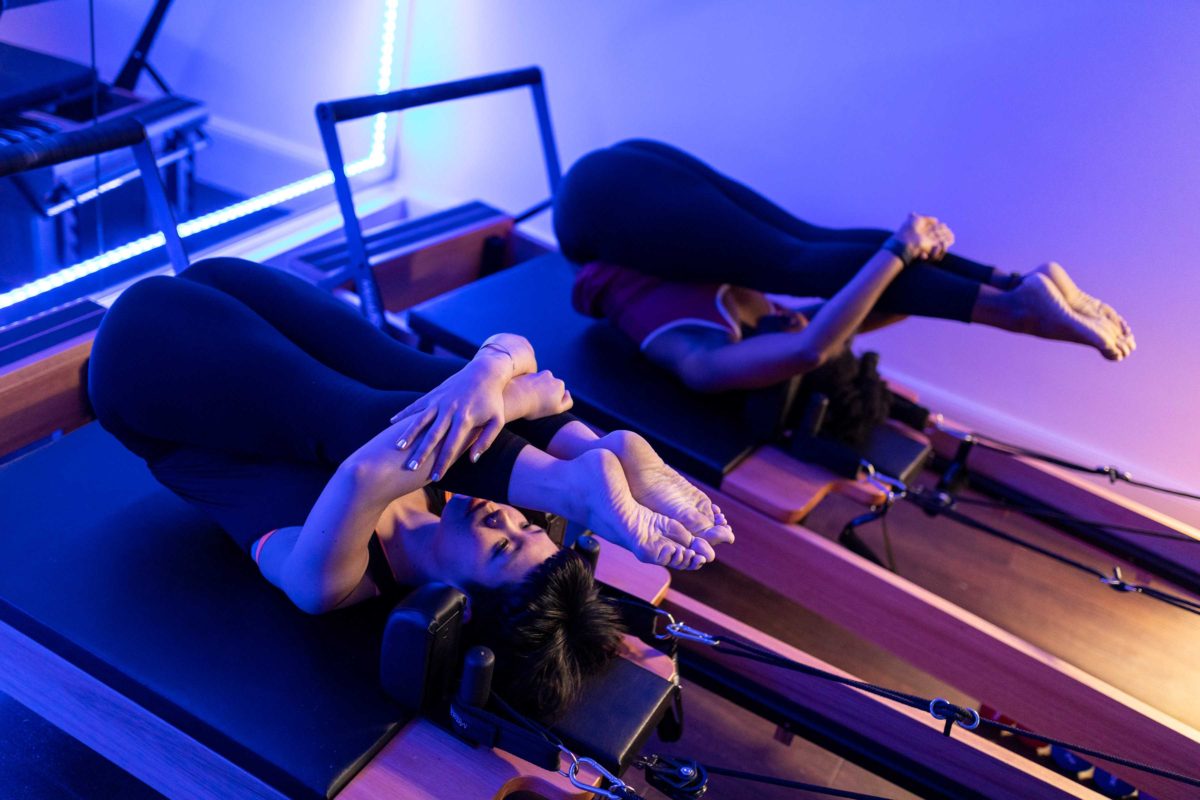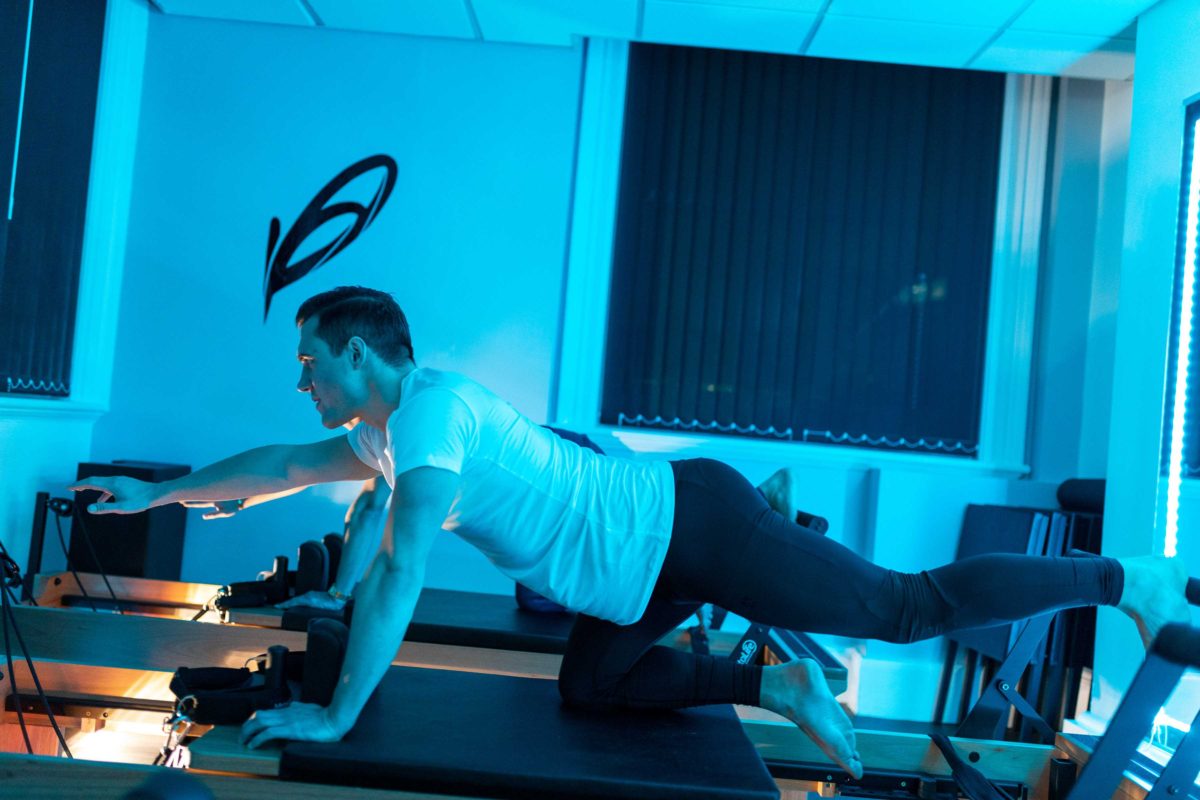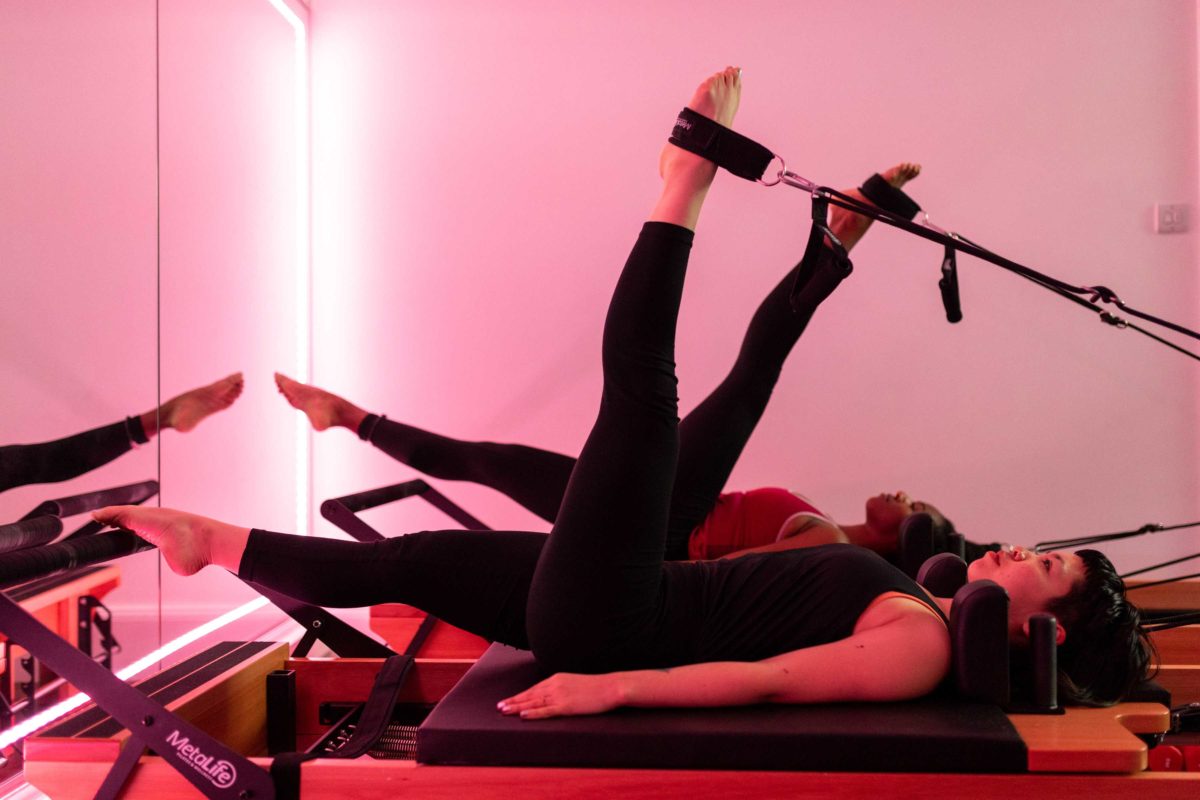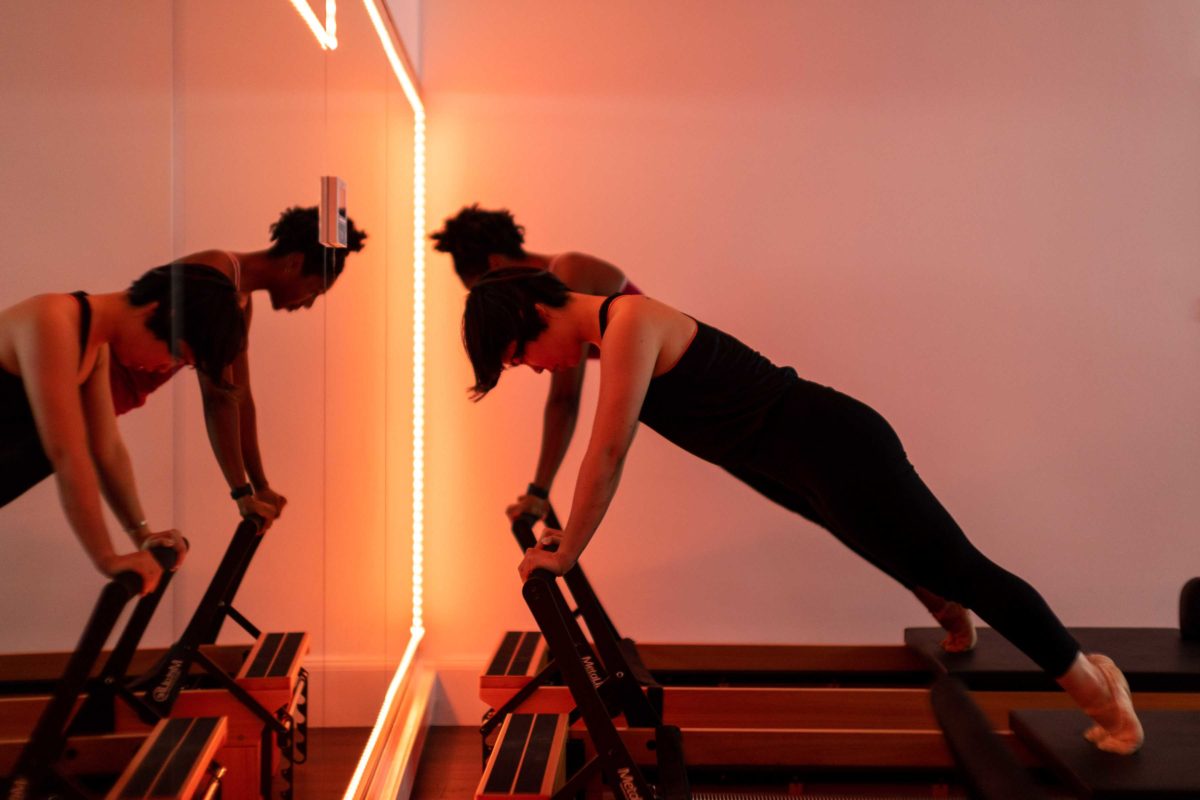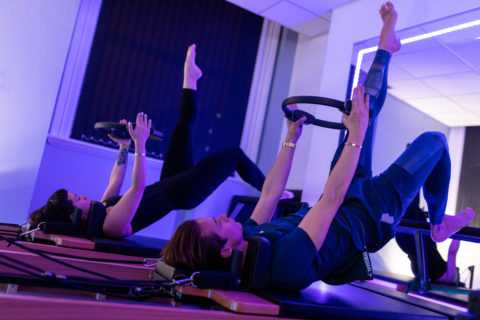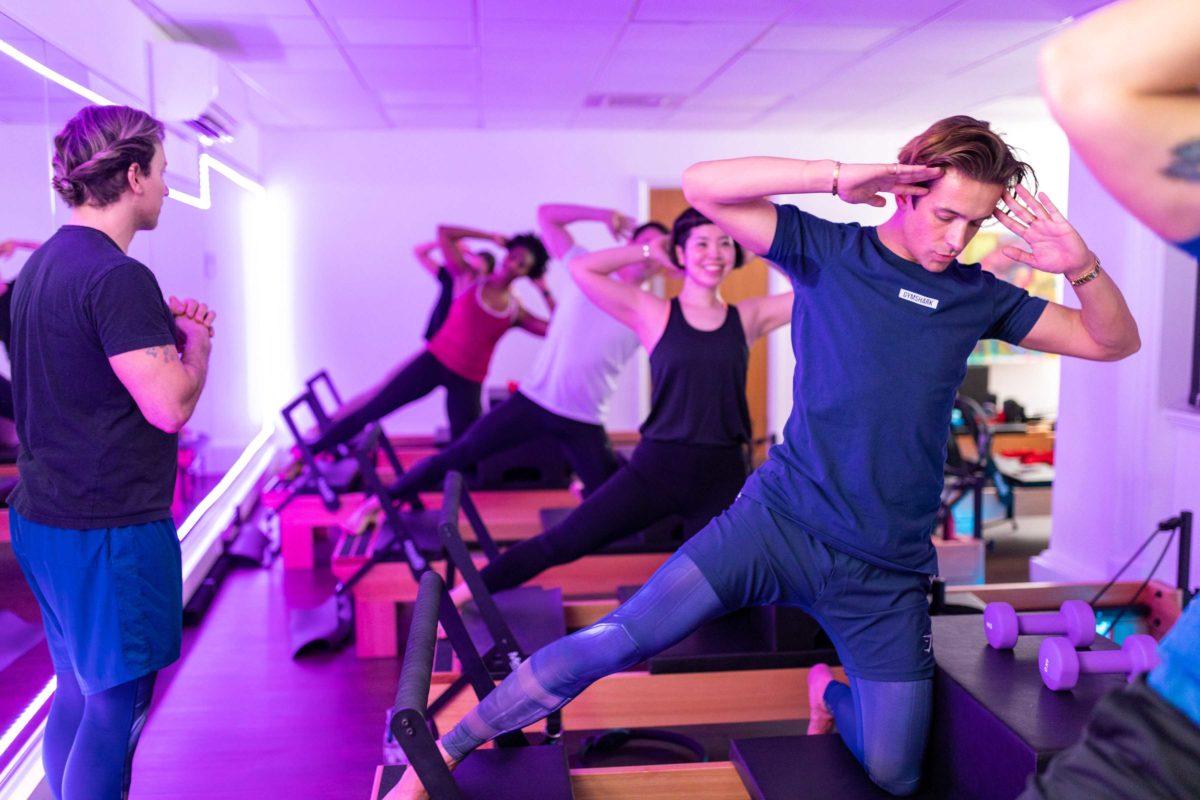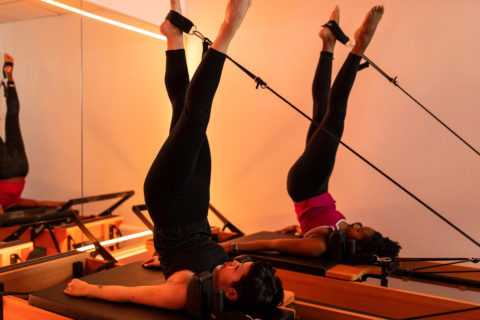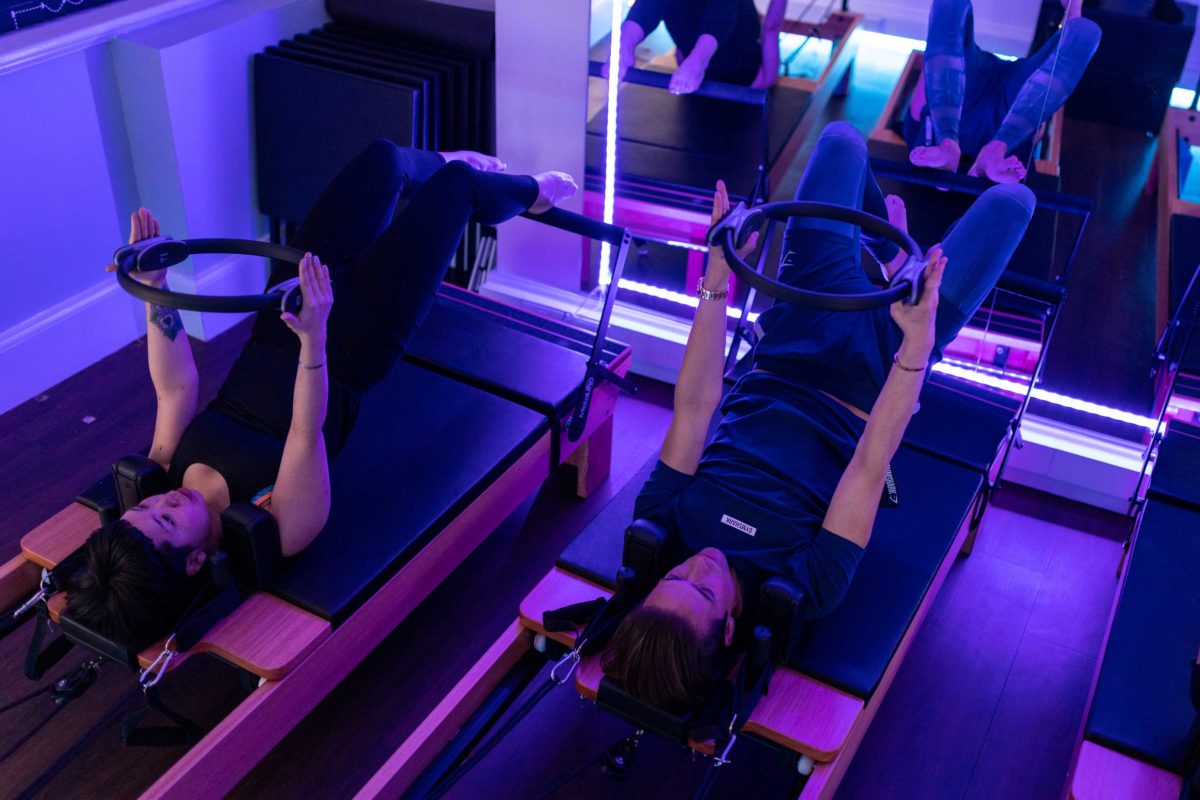Self-knowledge is important for our quality of life in general. Only by having self-knowledge we can know what we like, what we don’t like, what our goals are and how to achieve them.
Besides, it’s through self-knowledge that we also gain body awareness, which is essential for performing any activity, whether in the practice of physical exercises or basic everyday tasks.
By developing body awareness, you gain a deep and complete perception of your body, which helps even in small everyday tasks, as we improve our posture and are more willing to perform the tasks.
But do you know what body awareness is and how to develop it? Keep reading with us and find out!
What is body awareness?
Body awareness is the ability to be aware of your own body, recognizing and identifying body processes and movements. It’s through it that we perceive our whole body.
When we develop body awareness, we understand and feel the movements that our body performs, as well as its limits and physical capacity. We also can recognize the origin of muscle pain and discomfort, as well as perceive the benefits of performing some daily physical activity.
In other words, body awareness promotes deep self-knowledge about our body, so that we can identify our capabilities and improve them even more.
What are the benefits of developing body awareness?
More quality of life
A person who knows his own body knows how to recognize what is doing good or bad for his health. For example, the person is more attentive to small attitudes in everyday life, such as sitting, getting up, climbing stairs, walking, doing everything consciously, to avoid some problems, such as back problems (such as bad posture), among other situations.
By understanding what is being harmful, you automatically correct your body and avoid attitudes that bring harm in the long term.
Decreases the risk of injury
During physical activity, many people don’t know their own limit and end up exceeding it, injuring themselves. But by having body awareness, we considerably reduce the risks of having an injury, because you’ll have full knowledge of what is happening with each part of your body when performing any movement.
This way you can more easily dose the amount of weight you can handle in an exercise, for example, avoiding injuries.
More disposition
If you don’t have good body awareness, you probably feel more tired and unmotivated. However, by developing it, you gain more willingness to face the challenges of a busy routine with more tranquility.
That’s because a conscious body improves your physical conditioning, leaving your joints lubricated, muscles strengthened and, at the same time, promotes a good relationship with the environment.
How to get body awareness?
Developing body awareness is not so difficult as it sounds. With simple habits you can know more about yourself. The first step is to pay attention to every movement you make daily, your muscles, the joints you use, the pain and discomfort that may arise.
Another way to gain body awareness is by performing some type of physical activity, whether low-impact or high-impact. For example, we have yoga, stretching, functional training and especially Pilates, which works with many movements simultaneously, although all exercises allow the perception of the musculature.
The important thing is to choose an activity that promotes more motivation and willingness to continue practicing. So, analyze your personal tastes and look for an exercise that brings benefits and matches your personality and personal preferences.
Pilates and body awareness
The Pilates method works with 6 principles, namely: concentration, breathing, control, precision, centralization and fluidity.
Through them, we can see how important body awareness is for maintaining the practice of Pilates. After all, these are the pillars capable of improving posture, strengthening the spine, coordination and balance.
In addition, Pilates is based on a concept called Contrology, which means a physical conditioning plan, in which it requires integration of body and mind to practice exercises, aiming at control and precision for the correct practice of activities, avoiding compensatory movements and improving body awareness and promoting self-confidence.
Do want to develop body awareness? Come visit the Kore Gallery! We are prepared to provide the best service and support during the classes.


